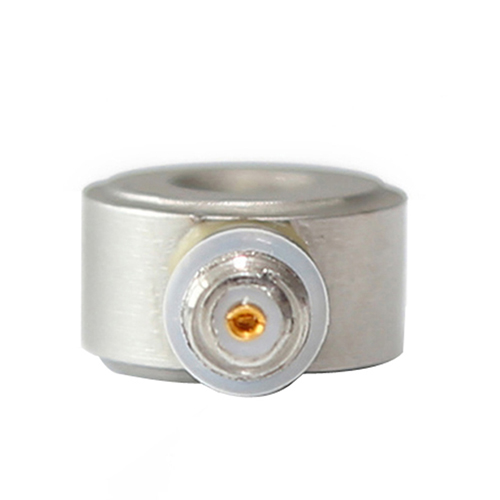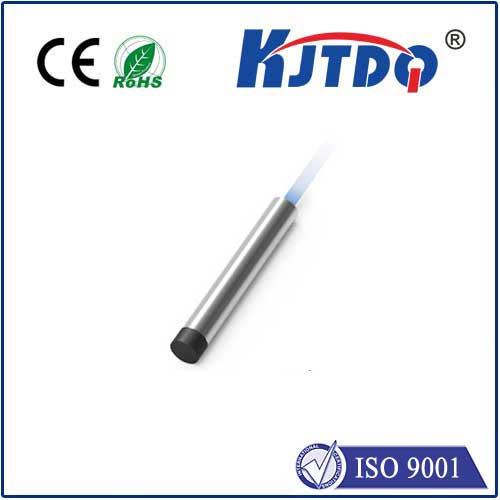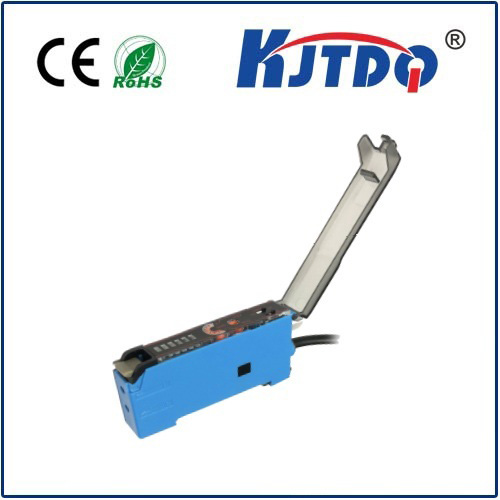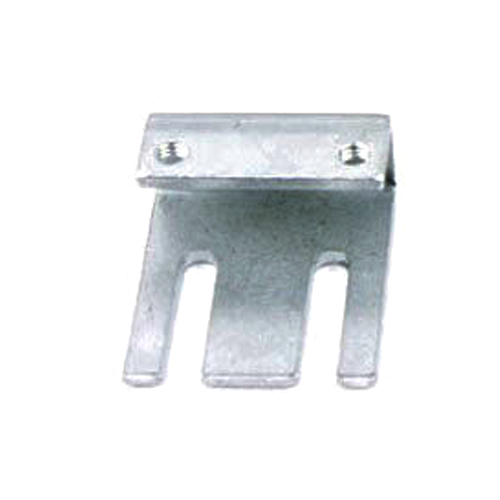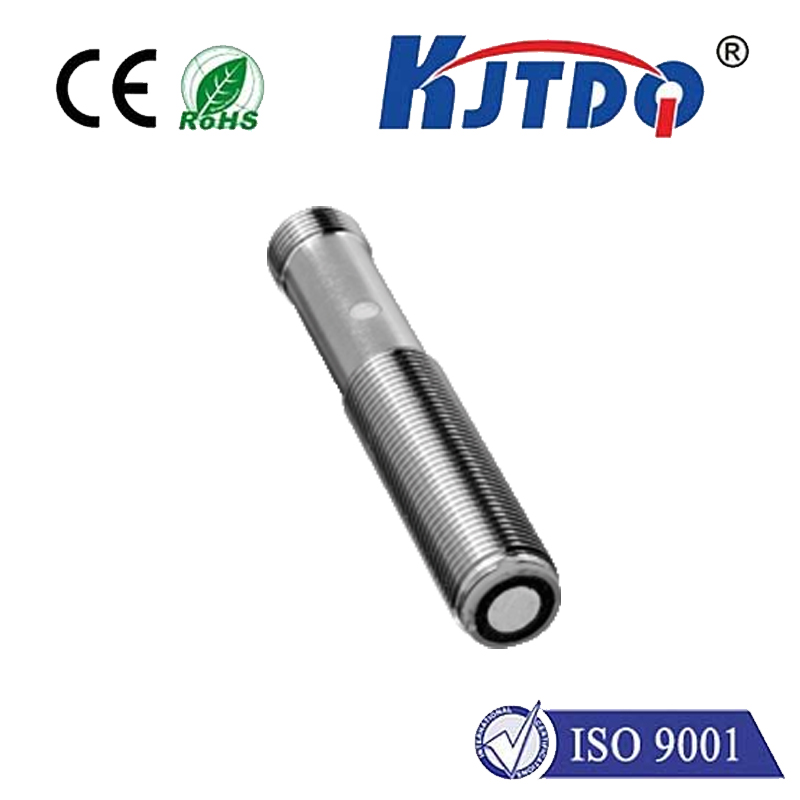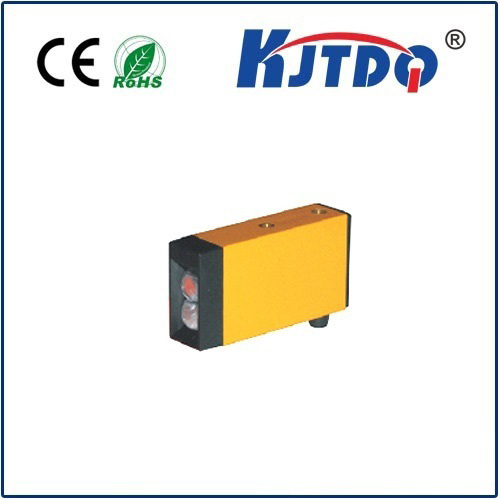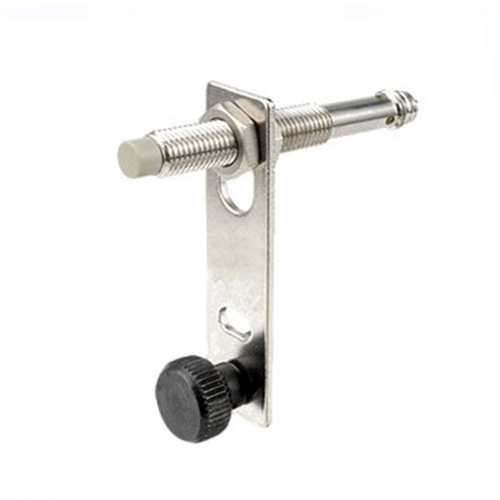

check

check

check

check

check

check

check

check

check

check
Ever marveled at how your smartphone screen automatically dims when held to your ear during a call? Or how modern car doors unlock with just a touch, even with keys buried deep in your pocket? Much of this seamless automation relies on an unsung hero: the proximity sensor. These ingenious devices silently detect the presence, absence, or distance of nearby objects without any physical contact. Choosing the right one, however, is critical. Let’s explore the three fundamental types of proximity sensors – inductive, capacitive, and ultrasonic – each excelling in specific industrial and commercial environments based on their unique operating principles.
1. Inductive Proximity Sensors: Masters of Metal Detection
Operating Principle: Inductive proximity sensors generate a high-frequency oscillating electromagnetic field from an internal coil. When a conductive metal object enters this field, it induces eddy currents within the target material. These eddy currents draw energy from the oscillator circuit, causing its amplitude to decrease. The sensor’s electronics detect this amplitude drop and trigger an output signal (usually switching a solid-state output on or off).
Key Strengths:
Ideal Applications:
Limitations: Primarily detects only metallic objects. The sensing range is relatively short compared to other types and varies significantly based on the target metal type and size (e.g., a large steel plate is detected farther away than a small piece of aluminum).

2. Capacitive Proximity Sensors: Detecting Almost Anything
Operating Principle: Capacitive proximity sensors work by creating an electrostatic field between two electrodes (the sensor’s face and an internal reference ground, or the sensor face and a target acting as the second electrode). Any object entering this field alters the capacitance of the system – the ability to store an electrical charge. This change in capacitance is detected by the sensor’s circuitry, which then switches its output state.
Key Strengths:
Ideal Applications:
Limitations: Generally shorter sensing ranges than ultrasonic sensors and highly sensitive to environmental factors like humidity or condensation, which can cause false triggering if not calibrated properly. Highly conductive targets are detected farthest; insulating materials require closer proximity or higher sensitivity settings. They can sometimes be triggered unintentionally by background objects.
3. Ultrasonic Proximity Sensors: Masters of Distance and Versatility
Operating Principle: Ultrasonic proximity sensors emit high-frequency sound waves (inaudible to humans, typically above 20 kHz) from a transducer. These sound waves travel through the air, bounce off a target object, and reflect back to a receiver (often the same transducer). The sensor precisely measures the time it takes for the sound wave to travel to the target and back (time-of-flight). This measurement is then converted into a distance value or used to trigger a presence/absence output.
Key Strengths:
Ideal Applications:
Limitations: Performance can be affected by temperature gradients (which alter sound speed) and wind turbulence. Requires a relatively large target area for reliable reflection. Soft or angled surfaces may not reflect sound well. Sound-absorbing materials are difficult to detect. Typically slower response time than inductive or capacitive sensors due to the time-of-flight measurement. Can experience crosstalk in environments with multiple ultrasonic proximity sensors operating near each other.
Selecting the Optimal Sensor: Matching Principle to Purpose
Choosing between inductive, capacitive, and ultrasonic proximity sensors boils down to understanding your specific application:
From ensuring precise component alignment in high-speed manufacturing using robust inductive proximity sensors, to reliably monitoring grain levels in a silo with versatile capacitive proximity sensors, or controlling parking distance with accurate ultrasonic proximity sensors, understanding the core strengths and limitations of each primary type is fundamental to implementing efficient, reliable, and cost-effective automation solutions across countless industries. Their
